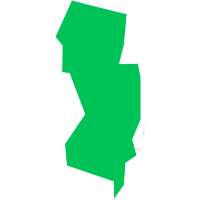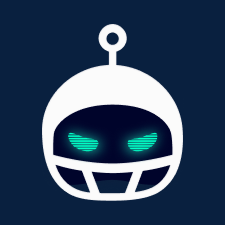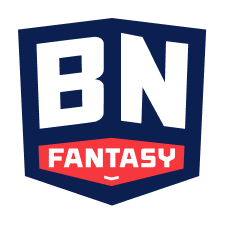There are a multitude of factors that should inform your fantasy football draft strategy, but league size is among the most important.
Chris Raybon, Matthew Freedman and Sean Koerner reveal how theirs change for leagues between eight and 14 teams.
How Does Your Fantasy Draft Strategy Differ By League Size?
Chris Raybon
In a nutshell: The larger the league, the more I want to stock up at the scarce positions — running back and wide receiver.
Beyond that, it comes down to starting lineup requirements.
In a 1QB leagues with 10 or more teams, I want to draft one extra RB and WR than I need to start each week — and this is in addition to the FLEX, so in 2RB/2WR/FLEX leagues, I would want seven combined RBs and WRs.
With eight or fewer teams, I start becoming more stud-oriented at tight end and quarterback, but not to the point I'm reaching; it’s just that I’m not bypassing a Zach Ertz at TE or a Deshaun Watson at QB at their respective average draft positions (ADPs) in favor of a RB or WR the way I would in a larger league.
That largely has to do with how tiers break down at RB and WR, so it can vary from season-to-season. But in 2019, there's a large tier of RB2 types that extends to around the top 25. There's also a large tier of WR3 types with WR2 upside in the WR25-40 range.
Matthew Freedman
In smaller leagues (eight to 10 teams), I feel more comfortable waiting on running back and instead drafting wide receivers and a tight end in the early rounds. And I’m especially likely to wait at quarterback. In fact, I probably won't take a quarterback till the last round in a small league.
In 12-team leagues, I tend to have more of a balanced approach, but it’s rare for me to leave the first six rounds without at least two running backs. After the first 10 or so players at the position, there’s just so much uncertainty, and with demand at the position increasing, I feel more pressure to find starters.
In 14-team leagues, I have something of a bifurcated approach: I either attack the running back position in the early rounds and try to build a robust core at the position or I ignore it entirely for the first three to five rounds then take backs later in the draft who might become viable fantasy starters in the event of anti-fragile circumstances.
Sean Koerner
First off, in any format or league size, I take a RB if I have a top-five pick (and I still have Ezekiel Elliott in the mix there).
Anything from Pick 6 on, I tend to lean WR — the only time to lock in a WR1 is to spend high draft capital on them. WRs can be volatile week-to-week but overall have a smaller range of outcomes across a season.
I take advantage of this at RB by loading up on RB in Rounds 3 on, specifically targeting high upside backups who can become a RB2 (or even RB1) in the event their starter gets injured. Think about it in this context: If Dalvin Cook misses time, Alexander Mattison would likely vault up to low-end RB2 for that week(s). If Adam Thielen is ruled out, Chad Beebe would see a bit of a boost, but wouldn’t vault into WR2/3 range. You don’t have this immediate spike into fantasy relevance at WR/TE like you do with RB.

People often mistake WR as a position you can pass on because it's "deep," but I happen to think it means the opposite and the state of the position remains pretty stable throughout the season.
That logic doesn’t go away in any league size or scoring type, but here are some slight trends I notice for eight- to 14-team leagues:
- Eight-team leagues: The fewer the teams, the more valuable QB/TE become. The sharp drop-offs at these positions are even more critical to take advantage of earlier in the draft. At QB, you see it flatten out right around QB6-7, when there's about a 20-point drop-off from there to QB20. There's about a 45-point drop off from Patrick Mahomes (QB1) to QB6-7, so it makes sense to go out of your way to take advantage of that if possible. There's less incentive to wait at QB in an eight-team league. The RB/WR position offer more depth as you don’t have to tap as deep into the player pool. The waiver wire is going to be stacked at RB/WR compared to deeper leagues, giving you more of a cushion.
- 14-team leagues: The more teams, the less valuable QB/TE become. The RB/WR positions have more of a premium to attack early and often because you're not going to be able to rely on the waiver wire as much in-season. Most of the depth will be taken up so it's critical to load up on them early and often. Taking a TE early has more of an opportunity cost baked in because that’s a couple extra RB/WR off the board before your next pick, negating the steep drop-off at the position a bit. QB is ideal to wait on in this size.
You can use our Draft Kit to see exactly how my rankings change based on league size.



.png)



















































